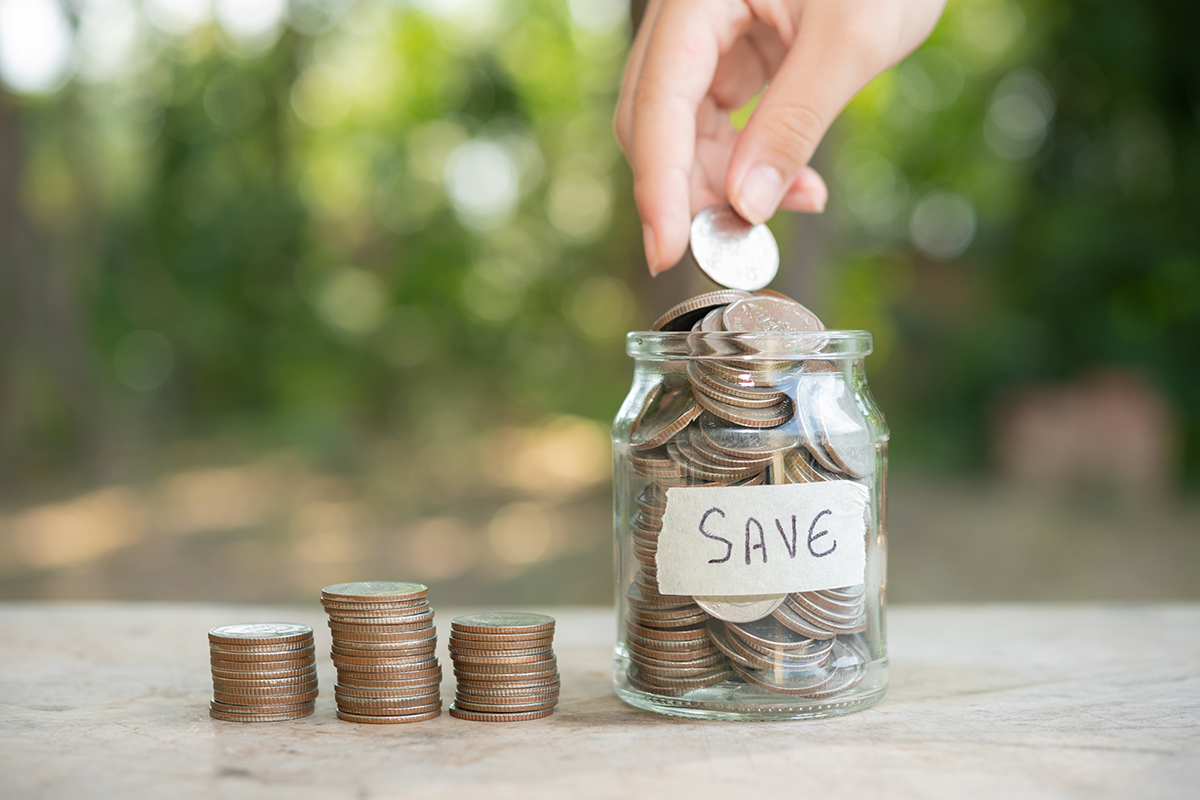A minimalist lifestyle helps you save money

Adopting a minimalist lifestyle isn’t just a design trend; it’s a philosophy that extends to various aspects of life. Living frugally is not only about reducing expenses but also about planning for the future. What does a minimalist, cost-cutting lifestyle entail, and why do people choose it? How can the average person embrace frugality to work towards financial goals? Here, discover answers to these questions and more.
The advantages of a minimalist lifestyle
Minimalism, more than a trend, is a way of life for some. It may involve having minimal furniture and ample open space at home, or taking it further by exploring alternative living arrangements like becoming a digital nomad.
Those who embrace minimalism are often frugal and thrifty, choosing to invest money rather than spend it on unnecessary items. Living minimally means owning less, providing financial freedom. It aligns with principles like spending more time in nature, connecting with friends, or transitioning from the corporate world to freelance work.

Advantages of minimalist living
Each purchase injects money back into the economy, contributing to society’s dependency on continuous spending. However, this has environmental consequences, leading to dissatisfaction worldwide. To break this cycle, many opt for a minimalist lifestyle, aiming to preserve resources, prioritize essentials, and consume consciously.
This lifestyle involves avoiding fast fashion, opting for durable items, or investing in experiences like a European bike trip or an art exhibition visit. Some choose hyper-frugality, saving aggressively for early retirement. Minimalism, with its focus on intentional living, offers a path to escape the transient joy of new purchases and find fulfillment in purposeful choices.
Is adopting a minimalist lifestyle more cost-effective?
The answer is straightforward: Spending less results in more savings. However, whether minimalism is cheaper depends on personal taste and values. If you decorate with handmade designer objects or prioritize organic food, expenses may be higher compared to opting for second-hand furniture and discounted produce.
Regardless of personal preferences, minimalism provides opportunities to save, particularly on resources. Simple actions like unplugging appliances when not in use or repurposing cooking water for plants can reduce electricity and water bills. Questioning the necessity of buying colorful Post-it notes and opting for scrap paper or old envelopes for to-do lists is another way to cut costs.

Starting a minimalist lifestyle: Where to begin?
Getting started with a minimalist lifestyle doesn’t require a complete overhaul. It’s about creating space for what matters most. Identify areas to cut back gradually, and minimalism will naturally integrate into unexpected parts of your life.
Prepare meals at home
With the abundance of delivery services, restaurants, and convenience products, opting to cook at home might seem less appealing. However, by cooking your own meals, you can minimize food waste, cut down on packaging, and save money. Additionally, it presents an opportunity to unleash your creativity and experiment with new recipes.
Before heading to the grocery store, devise a meal plan and a shopping list to avoid purchasing unnecessary items. This not only reduces waste but also alleviates the stress of using items before they expire.
Cooking at home offers additional advantages. Adopting a vegan diet, which excludes animal by-products, not only proves cost-effective but also contributes to animal welfare and environmental sustainability.

Simplify your living space by decluttering
Whether you follow the Marie Kondo method or your own system, organizing can be deeply satisfying. Start by sorting through major categories such as clothing, accessories, kitchen items, books, and more. Dedicate a few hours each week to decluttering one category at a time. Dispose of unnecessary items and consider donating, gifting, or selling belongings online or at a garage sale.
Achieve a healthier work-life balance
Embracing minimalism and frugality goes beyond reducing consumption; it can also enhance your work-life equilibrium. Whether you’re immersed in long office hours or actively seeking freelance opportunities, minimal living can simplify your life.
Consider ways to trim your work hours and create more space in your weekly routine. Utilize breaks for personal relaxation, explore project management tools for improved efficiency, and find time for personal projects or hobbies. For a more balanced lifestyle, experiment with spending your lunch break in a park or cafe instead of at your desk.
Opt for alternative transportation
If you’re weary of traffic and parking struggles, explore alternative modes of transportation like public transit, walking, or cycling. Beyond easing environmental impact, reducing car usage benefits both your finances and well-being. In rural areas, consider carpooling with neighbors for school or shopping trips, fostering community ties while saving time and money.

A minimalist lifestyle helps you save money conclusion
If you seek a means to streamline your life, a minimalist lifestyle could be well suited for you. Embracing minimalism involves intentionally reducing possessions, emphasizing only those essential to your needs. Opting for a simpler existence may be the ideal decision if you find yourself overwhelmed by clutter, seeking fewer distractions, or aiming to curtail spending.
Considering a more minimalist lifestyle might be a wise choice, especially if you aim to minimize both clutter and stress. While adopting this lifestyle entails significant shifts in both mindset and daily habits, committing to it can bring forth numerous advantages.



















